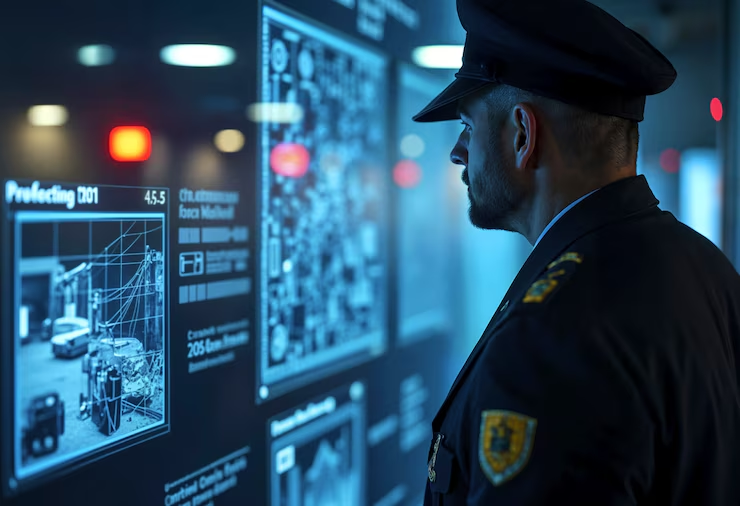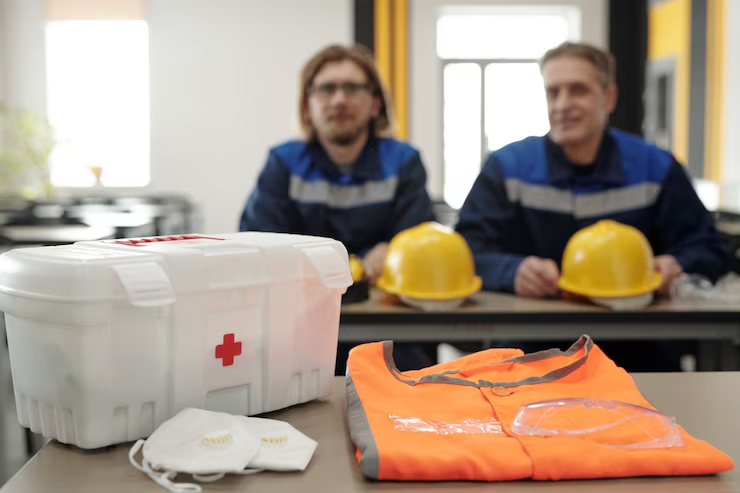Disaster Response and Recovery Planning sets the foundation for protecting lives, property, and infrastructure when emergencies strike. At Spread Safe, we believe strong preparation, practical response, and clear recovery roadmaps empower organizations and communities to navigate crises confidently.
Every disaster from floods and storms to cyberattacks demands a tailored response plan. Disaster Response and Recovery Planning brings together coordination, resource allocation, and communication strategies that form the backbone of effective crisis management.
1. Understanding the Basics of Disaster Response and Recovery Planning
Disaster response focuses on immediate actions: alert notifications, evacuation protocols, rescue teams, and essential services. Recovery planning follows with long-term rebuilding, psychological support, and resilience measures. Together, they form a cohesive process that limits harm and restores stability.
A successful plan balances rapid response with structured recovery. Emergency drills simulate real-world conditions and help participants understand roles. Meanwhile, recovery phases demand expert coordination—contractors, grant application specialists, insurance liaisons—to accelerate return to normalcy.
2. Risk Assessment and Preparedness
Effective Disaster Response and Recovery Planning begins with identifying hazards and vulnerabilities. Risk assessments analyze factors like flood zones, aging infrastructure, and socioeconomic impact. These assessments guide preparedness actions like reinforced buildings, backup power systems, and dedicated emergency teams.
Preparedness extends to stockpiling essential items—food, clean water, medical kits—as well as defining chain-of-command structures. Regular training ensures that everyone knows responsibilities, from shelter managers to IT specialists safeguarding critical data.
3. Emergency Response: Coordination in the Crucial Hours
When disaster strikes, effective response relies on communication. Mass alert systems, mobile apps, radios, and community networks spread warnings. Well-defined evacuation routes, assembly points, and specialized resources like mobile clinics or temporary shelters save lives.
Command centers serve as coordination hubs. They gather real-time data, direct field teams, and liaise with local authorities, police, and NGOs. Fast resource deployment—such as water purification units or backup generators—is critical. Every minute counts.
4. Communication Strategy During Emergencies
Clear, credible information builds trust when it matters most. Disaster Response and Recovery Planning includes pre-scripted messages for different audiences—families, businesses, staff—distributed via social media, text alerts, and local media. Transparency about risks and response status reduces panic and promotes cooperation.
Feedback channels—such as hotlines or social media monitoring—help responders adjust swiftly. A community portal or hotline also connects affected individuals to help, enhancing trust in relief efforts.
5. Transitioning to Recovery
Once immediate threats subside, planning shifts to recovery. Damage assessments—structural, economic, environmental—define priorities. Recovery teams coordinate rebuilding roads, restoring utilities, and assessing mental health needs.
Recovery plans map out milestones: debris removal, temporary housing, psychological support programs, business assistance, and permanent infrastructure. Community involvement ensures local needs—schools, shelters, healthcare—are fully addressed.
6. Rebuilding Resilience
Post-recovery, the goal is stronger resilience. Disaster Response and Recovery Planning must include infrastructure upgrades: elevated roadways, flood barriers, seismic retrofits, and reliable power backups. Reviews of the original response identify strengths and gaps.
Training and public education campaigns reinforce resilience. Schools, businesses, and households learn about emergency kits, family communication plans, and volunteer programs. These community efforts create a shared responsibility framework moving forward.
7. Real-World Tools and Technologies
Modern planning leverages technology: GIS mapping to analyze risk zones, drones for damage surveys, data platforms to coordinate volunteers and supplies. Emergency operations software offers real-time dashboards to monitor resources, personnel, and status updates.
Early warning systems using sensors, weather forecasts, and response algorithms alert officials and residents when risk thresholds are exceeded. These tools offer critical lead time and allow for advanced planning.
8. Best Practices for Continuous Improvement
Disaster Response and Recovery Planning should evolve through lessons learned. Every event offers valuable data on trigger timings, coordination effectiveness, resource needs, and bottlenecks. After-action reviews help refine processes, communication templates, and training drills.
Partnerships between public agencies, NGOs, private sector, and community leaders strengthen overall readiness. Joint exercises, data sharing, and mutual aid agreements build resilience and a unified emergency ecosystem.
FAQs
Q1. What is the difference between disaster response and recovery?
A: Response involves immediate actions like rescue and evacuation. Recovery follows with long-term rebuilding and restoring normal life.
Q2. How does preparedness fit into planning?
A: Preparedness—risk assessment, training, supplies—is the foundation of effective Disaster Response and Recovery Planning. It minimizes chaos and speeds up recovery.
Q3. Who coordinates recovery planning?
A: A recovery team usually includes local government officials, infrastructure engineers, health professionals, mental health experts, and community leaders.
Q4. How often should drills be conducted?
A: Major drills are recommended annually, with smaller tabletop or scenario exercises quarterly to keep skills fresh and communication clear.
Q5. Can small businesses benefit from disaster recovery plans?
A: Absolutely. Even simple backup plans—data redundancy, alternate work locations, communication trees—can help small businesses resume operations swiftly.
Conclusion
Disaster Response and Recovery Planning saves lives, protects assets, and builds stronger, safer communities. From risk assessment and coordination to rebuilding and continuous improvement, a comprehensive plan ensures readiness for any crisis.
At Spread Safe, we emphasize that investments made today in preparedness, communication infrastructure, and recovery frameworks pay off with resilience tomorrow. Embrace proactive planning, leverage modern tools, and foster community support to navigate any disaster, emerging stronger and wiser.




